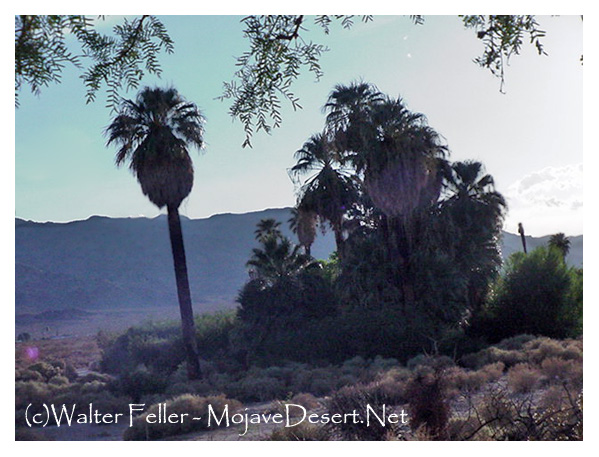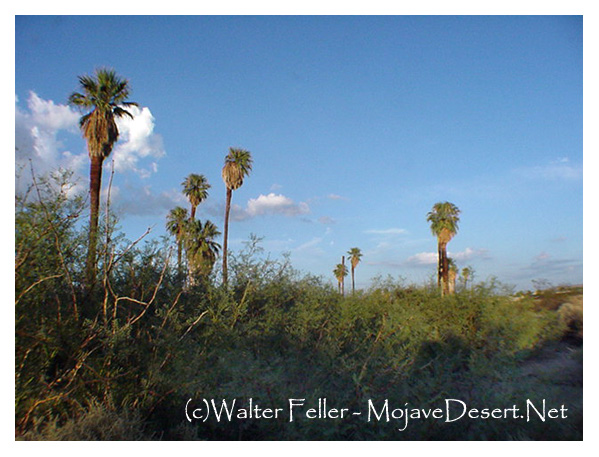History - American Period

It has been suggested that the Serrano left the area in the early 1860s when a smallpox epidemic struck the Indians of southern California, even though the isolation of the area should have protected them. Their fate may instead be described by Ramon, whose account derived from Serrano oral history tells a story that we have not found in any other published source:
Long ago the Serrano lived at Twentynine Palms. Long ago some white people killed them there. They (whites) got there. They hunted them. They did all kinds of things to them. They killed a great many of them. They were lost. There used to be a lot of Serrano living there. They (the survivors) were afraid. Some of them apparently moved somewhere else. Many of them apparently moved elsewhere to other tribes. They lived here (at Morongo), after being run off of their own land, I guess. Apparently there was no one living at Twentynine Palms long ago (after the massacre) because they were afraid to live there. They were afraid, they apparently did not want to live there. This is because they (the whites) had massacred them (the Serrano) like that. My grandfather (mother's father) was a ceremonial leader there. He concluded, "It looks like they are going to get rid of all of us here." That is what he thought. He came here (to Morongo) to ask (for permission to stay). He apparently asked if he could settle here (on the Morongo Reservation). And the people here, the Wanakik Pass Cahuilla, said, "Alright" (Ramon and Elliott 2000).
Inasmuch as Ramon was in her 80s when she told this story, her grandfather might well have been at Twentynine Palms in the early 1860s.

The Maringa Serrano were living at yumisevul in the Mission Creek area, presumably before the 1870s (Strong 1929:11). According to some Cahuilla traditions, they replaced Cahuillas who had been living there. They intermarried with the Gabriel family (the ceremonial leaders of the Wanikik Cahuilla), and had moved to the Potrero, or Malki, by the 1870s. Here John Morongo, a leader of the group, played a leading role in the affairs of the newly established Morongo Indian Reservation. It is logical to assume that the Serrano left Mara because of pressure from settlers and miners, and better economic opportunities elsewhere. Mission Creek, and the Potrero, on what is now Morongo Indian Reservation, where many of them settled, were richer in plant and animal resources, being not so far into the desert, and closer to jobs.
<< Previous << Contents >> Next >>